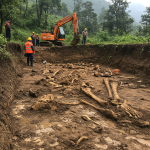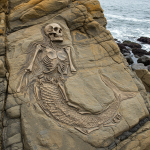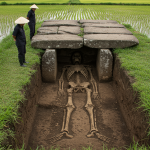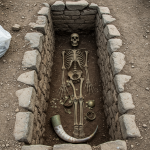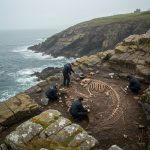Unearthed Beast: Ancient Predator Fossil Stuns Researchers with Its Massive Size
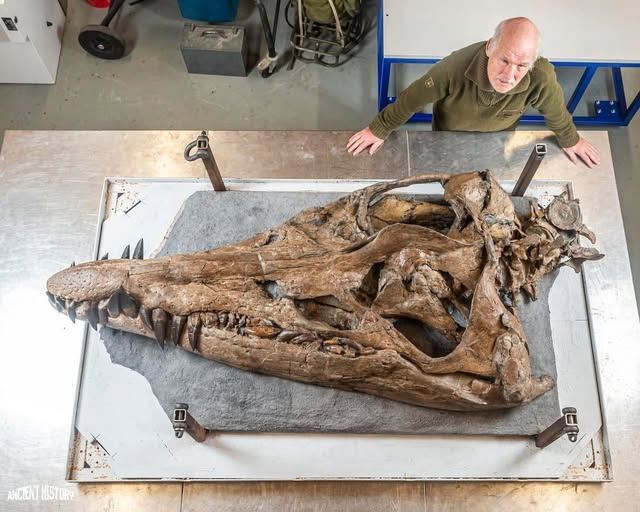
MANSOURA, Egypt — In the desert sands of Egypt’s Fayum Depression, an extraordinary discovery began with an excited shout. A team member had spotted large teeth protruding from the ground, leading to what lead author Shorouq Al-Ashqar calls “a dream for any vertebrate paleontologist.” Researchers uncovered the nearly complete skull of an ancient apex predator that prowled North Africa roughly 30 million years ago.
Named Bastetodon syrtos after the ancient Egyptian cat-headed goddess Bastet, this fearsome carnivore was similar in size to a modern leopard and represents one of the best-preserved fossil skulls ever discovered from this period in Africa. The findings, published in the Journal of Vertebrate Paleontology, reveal how the name cleverly combines Bastet with “odon” (meaning tooth), referencing both the region’s rich archaeological heritage and the creature’s distinctive dental features.
Weighing around 27 kilograms (60 pounds), Bastetodon belonged to an extinct group of carnivorous mammals called hyaenodonts. These predators evolved in the aftermath of the dinosaur extinction and dominated African ecosystems for millions of years. Unlike modern meat-eaters who typically have one pair of specialized cutting teeth, hyaenodonts had multiple pairs of these slicing teeth in their jaws, making them particularly effective predators.

During their reign, Bastetodon and its relatives would have preyed upon early primates, primitive hippos and elephants, and hyraxes in what was then a lush forest environment. This was a crucial period in evolutionary history, as many of the mammal groups we know today were just beginning to emerge and diversify.
The discovery came during a meticulous excavation by the Sallam Lab team, as they worked through rock layers dating back 30 million years. The exceptional preservation of the skull gives scientists unprecedented insights into how these ancient predators lived and hunted, during a time when our own monkey-like ancestors were evolving.
The Fayum area where Bastetodon was found tells a remarkable story of environmental change. Today, it’s an arid desert, but 30 million years ago, it was a very different place. The region preserves approximately 15 million years of evolutionary history, capturing a dramatic global climate transition. During this period, Earth shifted from the warm conditions of the Eocene epoch to the cooler climate of the Oligocene, changes that would reshape ecosystems worldwide.


